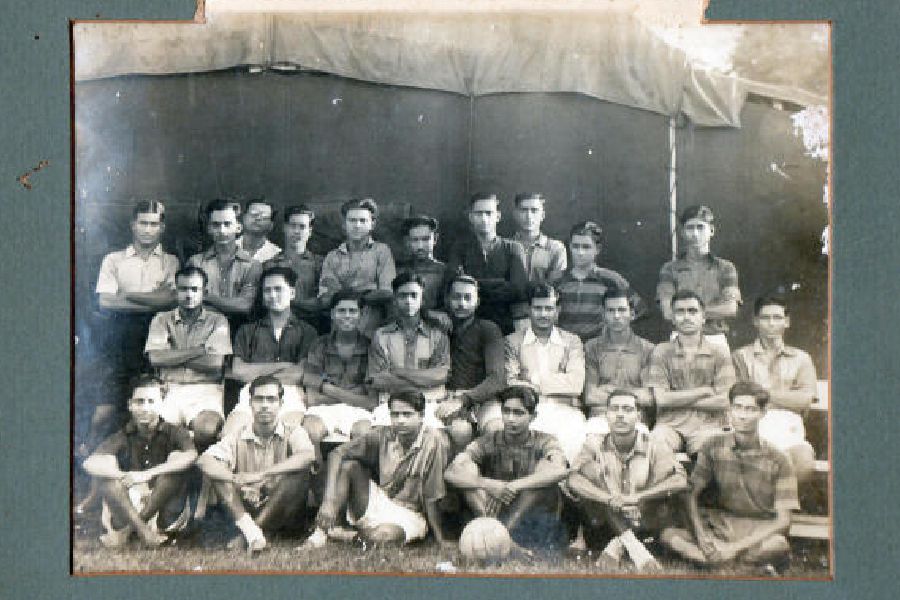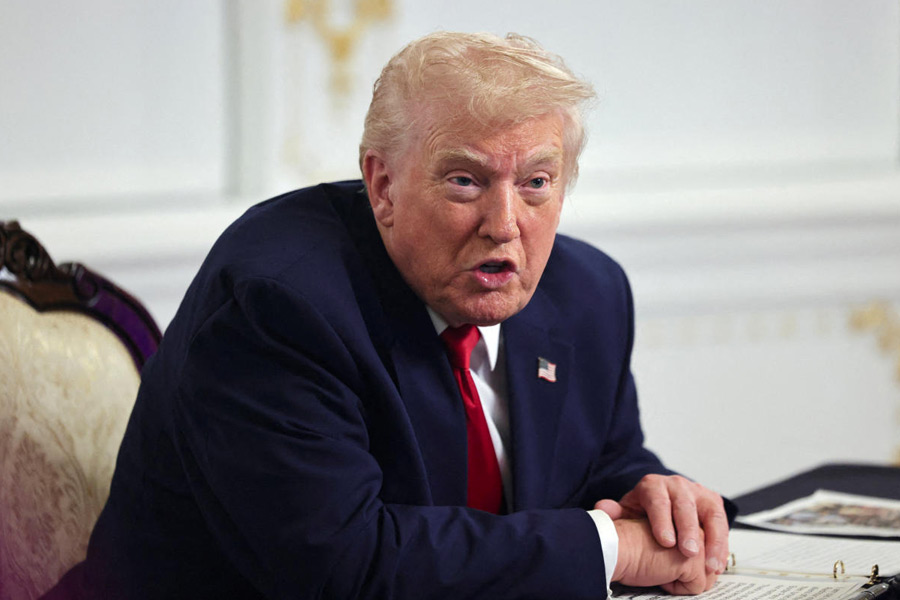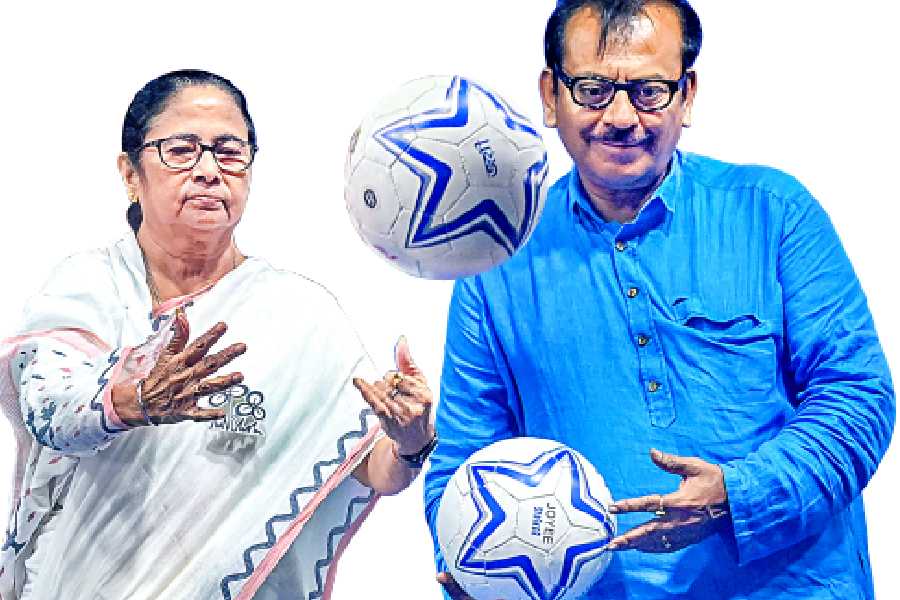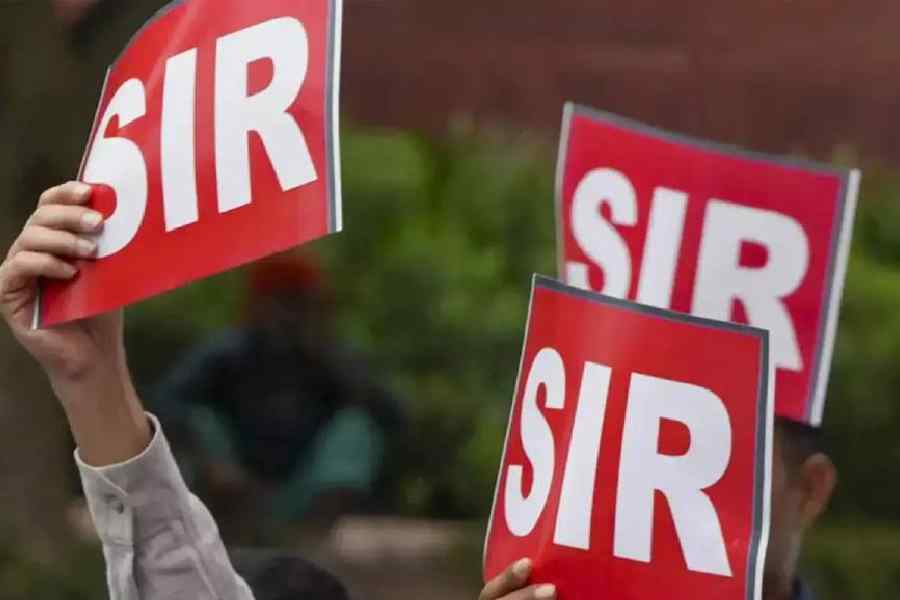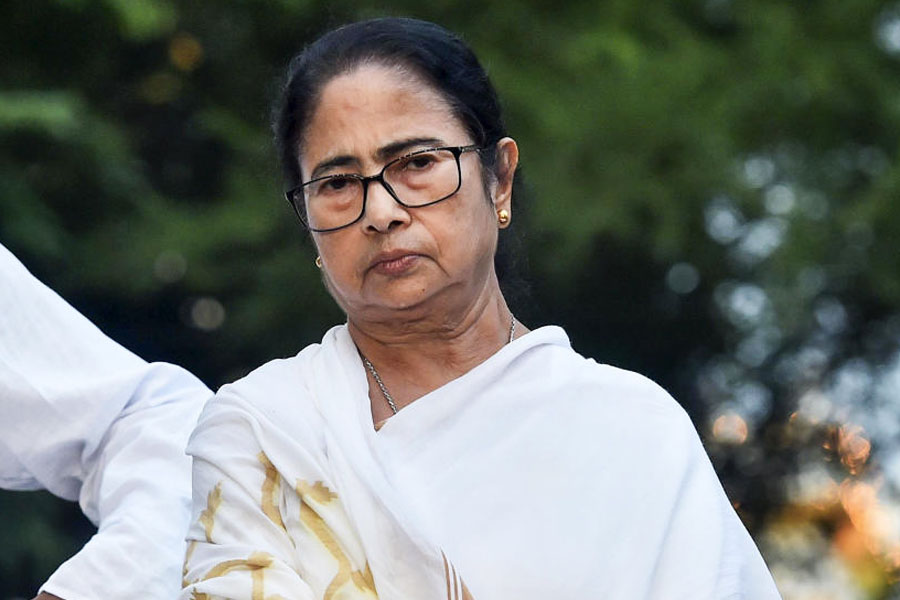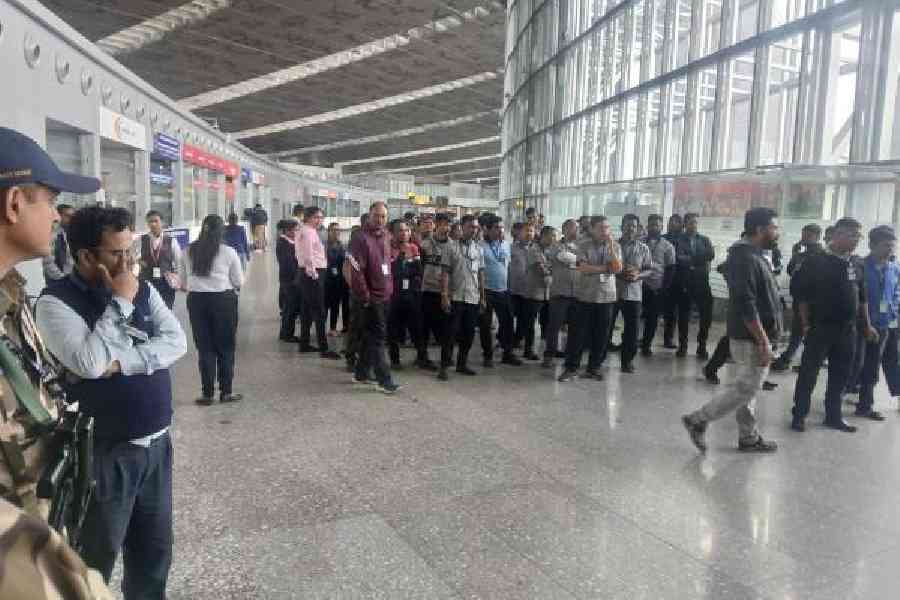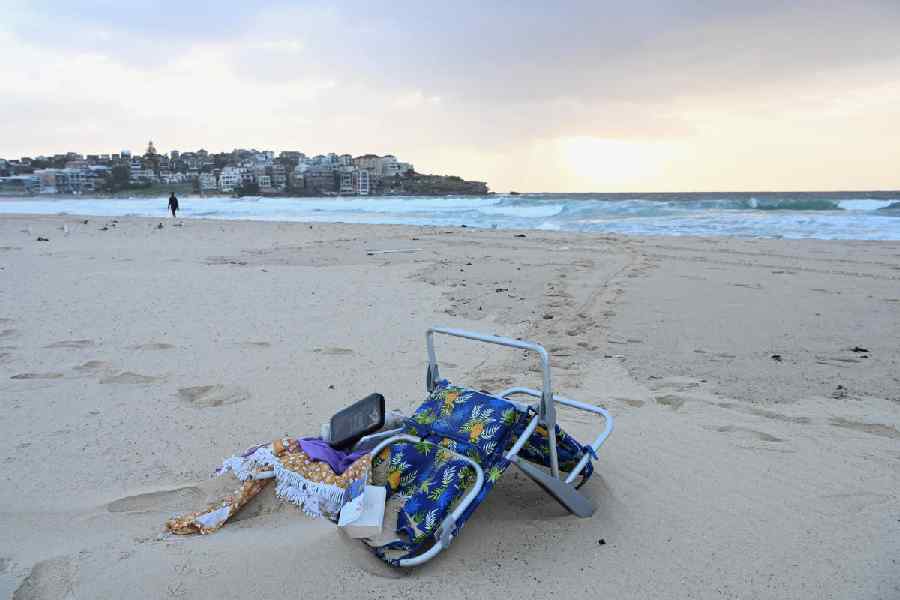The 1911 Indian Football Association or IFA shield win of Mohun Bagan over East Yorkshire Regiment is a milestone in Indian football history. It is a reminder of all the prowess players from Bengal possessed once upon a time.
So when long-time Mohun Bagan player and club official Umapati Kumar was remembered on his birth anniversary and a book on him was released, it was natural for the 1911 game to have been invoked.
No, Umapati didn’t play that historic IFA Shield; he would have been in Class VI at the time. But the game firmly cemented the football bug in his boy brain, and became the impetus to leave Purnea in Bihar for Calcutta. We know this from Umapati’s own jottings, some of which have been included in the newly launched book Umapati Kumar: Maidaner Kumar Babu, an effort by Umapati’s grandson Ashish Hazra.
The book begins with an account of Umapati’s growing up years in Kishanganj in Bihar’s Purnea district. How he couldn’t control a batabi lebu (pomello) while playing football with it one afternoon.
It went through the fancy windowpane of his father’s drawing room. Soon enough, he heard his father Rajanikanta Kumar’s thunderous warning: “You are concentrating too much on playing, what about your studies? Mr Macokay is the one spoiling you”.
Mr Macokay was probably the first person to spot Umapati’s ease with the ball. He was the manager of the Khagra Nawab’s Estate which was part of Kishanganj police station. When Umapati and his friends at Kishanganj High School practised football with either a pomello or a roll of paper wound with rags, the Britisher would join in, playing with the boys in his football boots.
It is pertinent to note that football played in Bengal in the early 20th century would always be described as a game between natives who would play barefooted and the White man who played with boots on. That was how it was in that legendary 1911 IFA Shield too.
The foresighted Mr Macokay had advised Umapati’s elder brother to send him to England for further training, but that was not to be. Instead, the football-crazy lad continued to grow up in the land of the Mahananda, playing at the school camping ground and the ground near his house, becoming the school team captain when he was in Class II, a position he kept till his last day in school playing friendly matches with teams from Raiganj, Dinajpur and others.
It is here that he met Samad, his contemporary at Calcutta Maidan who beat his school team by scoring 10 goals. “Samad from Purnea Zilla School was a football magician. I noticed a funny thing about him, he would play with his legs bandaged from his knees to his ankles,” writes Umapati.
It was while he was a college student that Umapati got his Mohun Bagan break. The superintendent of Ogilvie Hostel, where he put up, was Prafulla Sanyal, a Mohun Bagan player. Thus began an association of a lifetime.
Kumar writes about the Maidan teams of his youth. Those days, the most-watched matches were between Calcutta Football Club, a club of British civilians, and Mohun Bagan Athletic Club. These would be played on the grounds of the Calcutta Football Club.
“Today people go crazy for East Bengal-Mohun Bagan matches, but when I was playing football in Maidan in my youth, East Bengal was nowhere. It
used to play in the Second Division. Once it rose to First Division but again went down. When East Bengal became a First Division club, I was nearing retirement,” writes Umapati.
He describes the Calcutta-Mohun Bagan matches with great fervour. “For their Benett Colvins we had Pal Pramanik. If they had Percy Night, we had Paltu Dasgupta.”
There are apparently no records, no photographs of these matches. He also talks of the military teams from Fort William. Umapati wrote of the unfair advantage the British players had over their Indian counterparts in terms of training and training gear, and of the unspoken camaraderie with white referees and linesmen.
But he was also unfailing in his appreciation of how spectators, even British
spectators, would enjoy the game and clap just as much for Indians when they played well. The culture and atmosphere of the Calcutta Maidan those days come through in Umapati’s writings.
He writes that there wasn’t any scope or practice of changing teams. He himself played for a single team from 1917 to 1936. He also takes note of the changing culture of fandom.
As Shyamsundar Ghosh, former sports writer and player, who also has a chapter in the book, said: “Umapati Kumar never tolerated any wrongdoing. Once in an IFA Shield match a Mohun Bagan official got in touch with an IFA official to ensure that a renowned player who had been shown a red card was allowed to play the important East Bengal-Mohun Bagan match. Umapati Kumar was then the president of Mohun Bagan. He called the club official in question and told him that Mohun Bagan never ran after trophies. He made him apologise in public.”
The concerned player was Subrata Bhattacharya.

